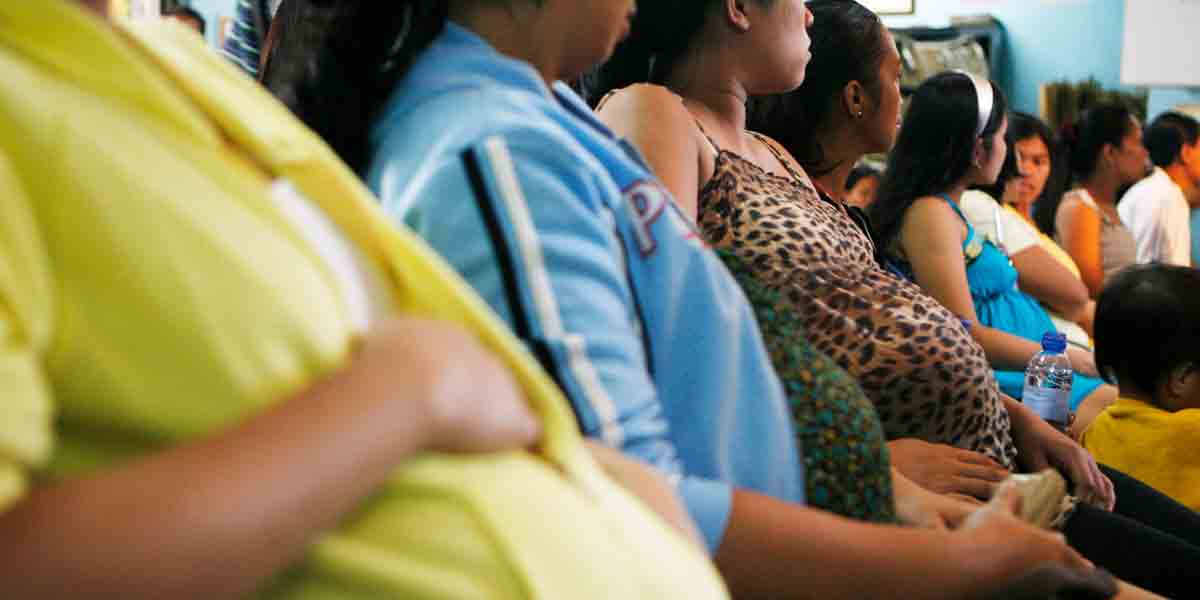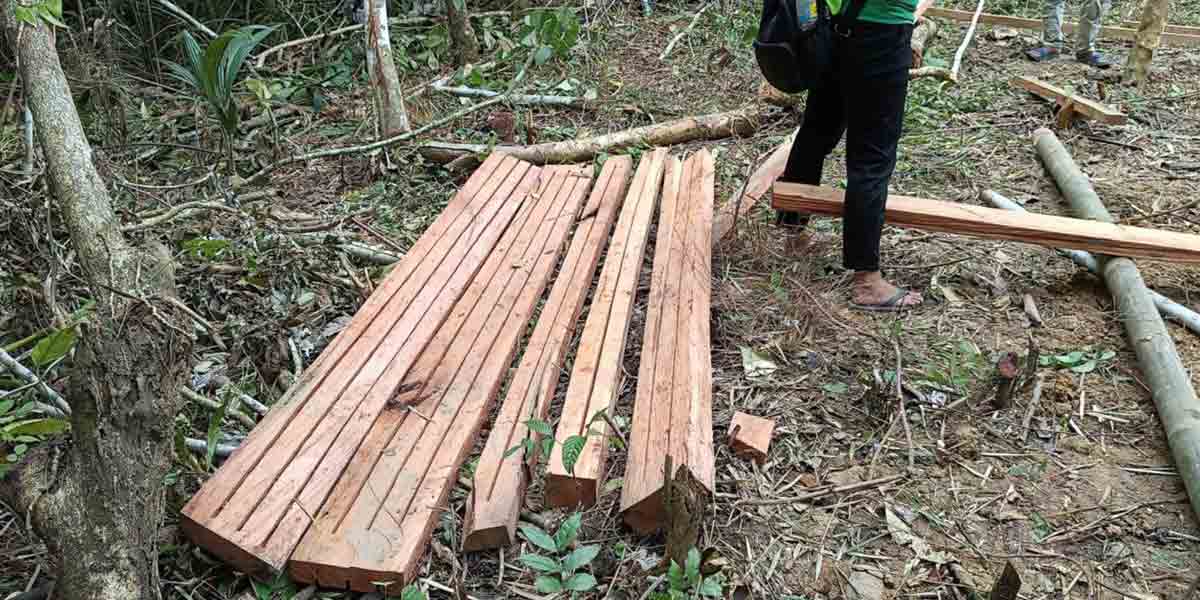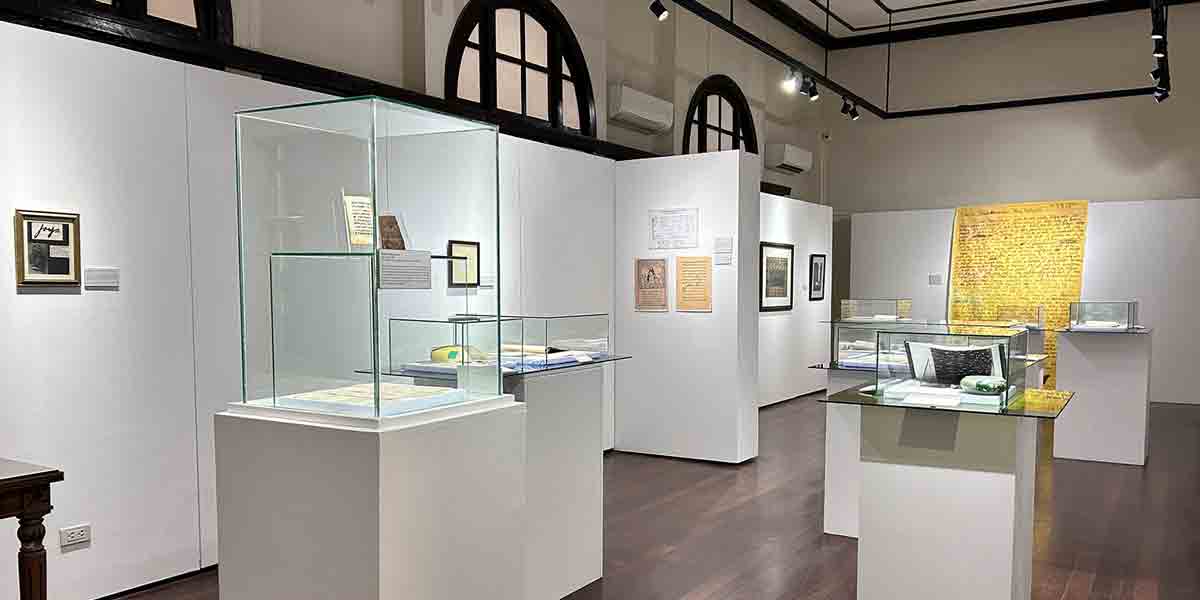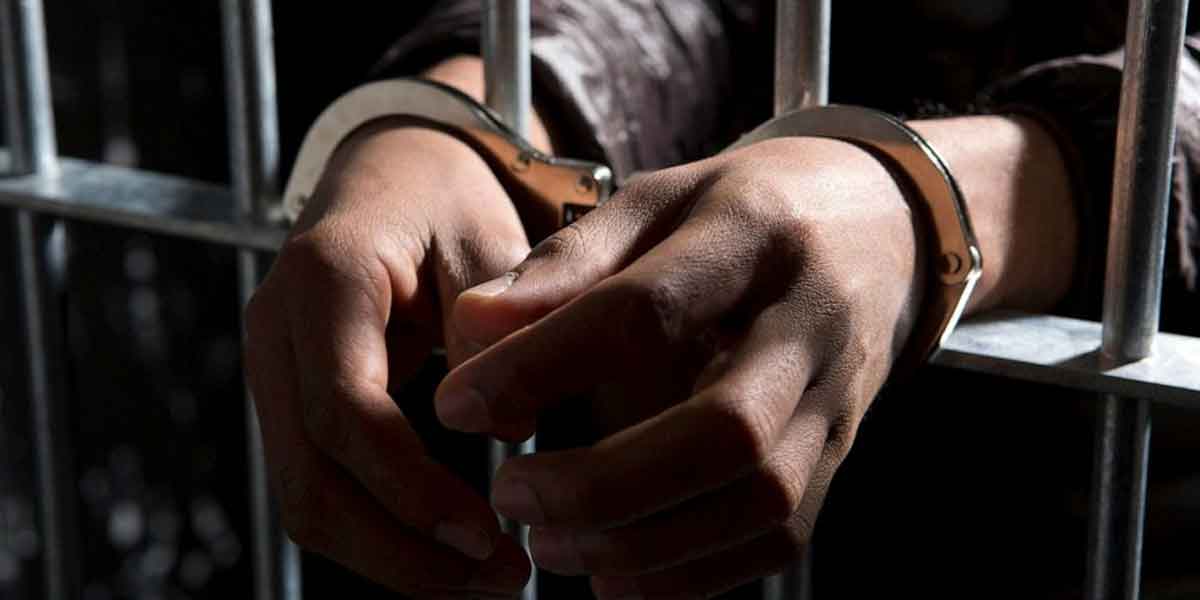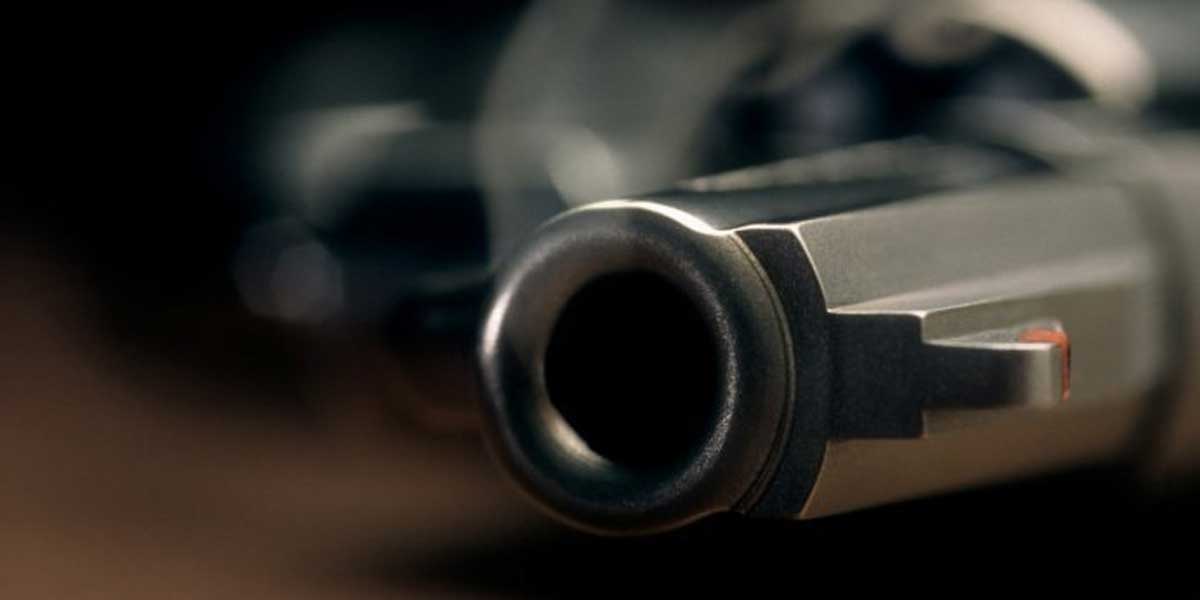 By Engr. Edgar Mana-ay
By Engr. Edgar Mana-ay
HOUSTON, Texas, USA – Human trafficking is a euphemism and sugar-coated phrase for modern-day slavery by way of forced labor and prostitution.
As civilization progresses and becomes more modern and complex, so does prostitution, an age-old profession, and form of forced labor. This is widespread especially in big cities like Manila, even Iloilo City and now very rampant and sophisticated here in Houston, Texas.
Human trafficking is a major moral problem in Houston because it is the melting pot of so many races especially the Latinos from South America many of whom are illegal immigrants estimated at more than 4 million in the whole of the USA.
Since the illegals have no “papers”, they are the most vulnerable to human trafficking and as victims, will not report to the police for fear of deportation (kapit na lang sa patalim).
The United Nations estimates that more than 40 million people – at least 10 million of them children – are victims of human trafficking worldwide. Human trafficking ranks only behind the drug trade on global criminal enterprises and can range from large multinational trafficking rings to local pimps.
A lot of people think of trafficking as women tied in ropes and chains or kept in prison-like scenarios but trafficking looks civilized on the surface. You can see this in beautiful, young and well dressed Chinese women hanging around in Chinese owned offshore gambling casinos in Luzon where syndicates have a hold on their families in mainland China or pretty high school girls here in Houston kept in first-class hotels.
The oil and gas companies here in Houston are at the forefront of the campaign for awareness against human trafficking. The oil and gas industry had set up a mobile exhibit highlighting the risks and dangers of human trafficking, a criminal activity, that has plagued the industry behind the scenes for decades. The exhibits include testimonials, detailed information about how trafficking works, how to spot warning signs and include training of the oil and gas workers on how to recognize human trafficking and report it to authorities.
One such testimonial is from Ataria Malveaux, now 43 years old and an Operations Analyst at Royal Dutch Shell Houston. Hers was one of a kind lucky and success story because when she was 18, just out of high school, she fled a chaotic and tumultuous family life in Houston for the promise of making quick money in Dallas. She soon discovered that her would-be employer was a pimp, only the help of another woman allowed her to escape forced prostitution.
Ataria’s story is a one in a thousand story of runaway teenagers, escaping forced prostitution to become a Shell operations analyst but what about the thousands of young men and women who were tricked and lured by well-oiled syndicates into forced labor and prostitution and was never rescued to permanently rot in hell.
The fight against sex trafficking in Houston is being waged in places like class hotels and inns, malls, online forums, and high school campuses. Based on the testimony of a 15-year-old high school student, that she was trafficked at the Comfort Inn by a pimp who sold her there for more than a week use, a lawsuit was filed against the hotel for failure to alert authorities and for turning a blind eye to the plague of human trafficking and sexual exploitation of minors.
There are now Evangelical based groups such as SHOP.ELIJAHRISING.ORG that rescued girls, placed them in a safe house for rehabilitation and at the same time teaching them some trade and skills so they can have access to employment opportunities as they exit the sex industry.
I am bringing home 3 pieces of soap that these empowered survivors of sex trafficking produced in their safe house.
In view of Dinagyang festivities, we discuss VAPING, or the use of electronic cigarettes, as a major concern in addition to drugs which our authorities should be wary of. E-cigarettes are a handheld battery-operated vaporizer that simulates the behavioral aspects of tobacco smoking. The “VAPER” inhales an aerosol or vapor which comes from a liquid solution transformed to vapor by a heating element. E-liquid usually contains propylene, glycol, glycerin, nicotine, and flavorings. The U.S. Federal government reports that 5.4 million middle and high school students were vaping in 2019.
But what is alarming here in the U.S. is that more than 2,300 people nationwide have been hospitalized by a lung disease tied to vaping in 2019. At least 54 people, three in Texas have died and the latest victim was a Galveston woman in her 30’s who died last December 29. What’s worse is that young people are most at risk.
According to the Center for Disease Control and Prevention, 78% of vaping illnesses were in people younger than 35. The median age was 24 with some patients as young as 13. About 14% of high school seniors said they have vaped in the previous month.
Against the trend towards more and more vaping, especially among young people, is the stark fact that NO ONE QUITE KNOWS YET WHETHER AND HOW MUCH DAMAGE e-cigarettes are causing. Some health officials have tied the vitamin E acetate and the marijuana chemical THC to the “vast majority” of cases. A Harvard study also found bacterial and fungal toxins in some top-selling e-cigarettes brands. It was good that Pres. Trump recently ordered the outright banning of flavored e-cigarettes which young people prefer. Recently US Congress also raised the federal age to buy tobacco products including e-cigarettes to 21.
It is already a fact that tobacco smoking is harmful to human health and Iloilo City through ICAST (Iloilo City Anti Smoking Task Force) is doing a great job in reducing tobacco smoking in the City. It should also focus on Vaping as it is getting popular in the Philippines. Getting the cue from the US, this is a wakeup call for our legislator and the Department of Health to outright ban vaping until further studies will show that it is not a health hazard to the populace. Our government officials should act now, because he who desires but acts not, breeds pestilence.

